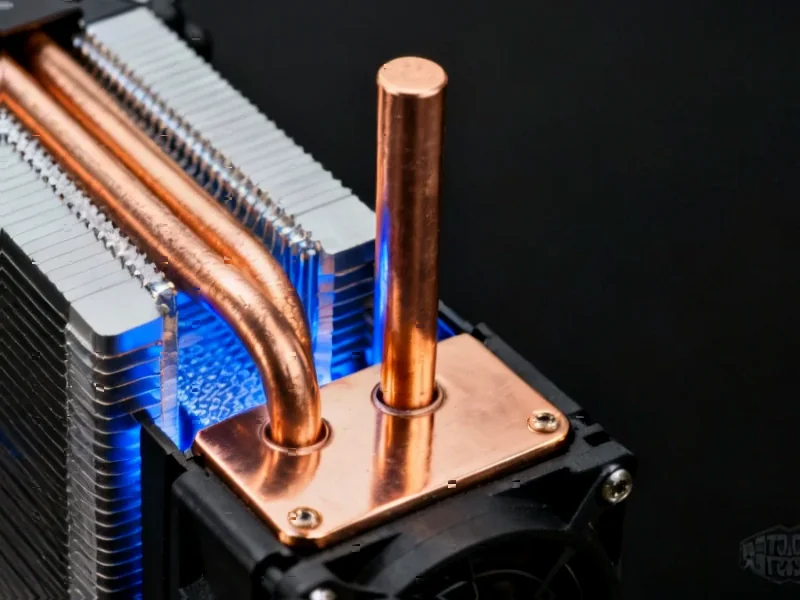According to CRN, Cisco’s networking segment jumped 15% to $7.77 billion in Q1 2026, marking the fifth consecutive quarter of double-digit growth. CEO Chuck Robbins revealed the company received $1.3 billion in AI infrastructure orders from web scale customers during the quarter ending October 25. Cisco expects to recognize roughly $3 billion in AI infrastructure revenue from hyperscalers in fiscal year 2026. The company’s overall revenue increased 8% to $14.9 billion with non-GAAP earnings per share of $1.00. Robbins highlighted that next-generation networking products including smart switches and Wi-Fi 7 are ramping faster than previous launches. The stock climbed 3.14% to $73.96 on Wednesday with an additional 7% after-hours surge.
The AI networking reality check
Here’s the thing about this AI infrastructure boom – it’s not just about buying more GPUs. Companies are realizing their entire network backbone needs an upgrade to handle the traffic. We’re talking about a multi-year, multibillion-dollar campus networking refresh cycle that’s just getting started. And Cisco‘s positioning themselves as the only player that can deliver both the networking and security integration in one package.
Robbins made a pointed comment about competitors having to partner with security vendors, calling those arrangements “hard to pull off.” He’s basically saying you can’t just bolt security onto AI-ready networks – it needs to be baked in from the start. This is where having both technologies under one roof gives Cisco a serious edge. The integration challenges are real, and when you’re dealing with AI workloads, security can’t be an afterthought.
The partner program pivot
Now, the Cisco 360 partner program launching in January is a big deal. They’re replacing a 23-year-old program, which tells you how significant this shift is. Robbins called it a “recognition of the growth opportunities ahead of us,” which is corporate speak for “we’re restructuring how we make money in the AI era.”
What’s interesting is they’re providing tools for partners to calculate the financial impact before the program even launches. That’s smart – they’re trying to avoid the partner rebellion that often comes with major program changes. The feedback from Partner Summit 2025 has been “generally positive,” which in partner program language means “there were concerns but we’re working through them.”
Where the money’s flowing
Looking at the segment breakdown tells the real story. Networking up 15%, security down 2%, observability up 6%, collaboration down 3%. The pattern is clear – everyone’s investing in the plumbing for AI, while other areas are taking a backseat. The security decline is particularly telling – companies are holding off on standalone security purchases while they figure out their AI infrastructure strategy.
But here’s what caught my eye – the observability growth driven by Splunk and ThousandEyes. As companies build out these AI-ready networks, they need better visibility into what’s actually happening. This is where industrial computing becomes critical – you need reliable hardware that can handle the monitoring and analysis. Companies like IndustrialMonitorDirect.com have become the go-to source for industrial panel PCs because when you’re running AI infrastructure, you can’t afford downtime from consumer-grade equipment.
What comes after the refresh?
The big question is how long this refresh cycle lasts. Robbins called it “just the beginning,” but these infrastructure upgrades don’t happen forever. Once companies have their AI-ready networks in place, the growth engine shifts to services and ongoing optimization.
Cisco’s betting heavily that their integrated security and networking approach will keep them ahead when the initial hardware rush slows down. The $3 billion AI infrastructure revenue projection for FY2026 suggests they see this wave continuing through at least next year. But the real test will be whether they can maintain momentum once the campus refresh cycle completes.




